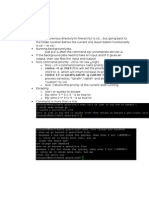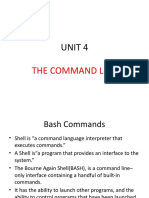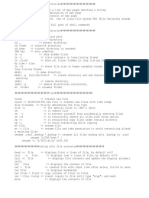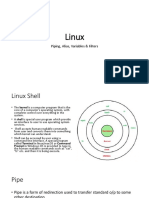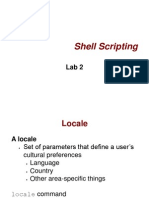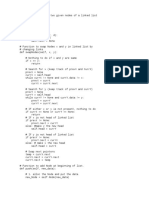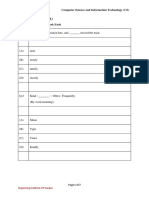0% found this document useful (0 votes)
9 views52 pagesLec - 03b Bash Scripting
The document covers key concepts in shell programming, focusing on redirection, piping, and string manipulation in Bash. It explains how to redirect input and output using commands, as well as various string manipulation techniques, including concatenation, substring extraction, and pattern matching. Additionally, it discusses the use of external commands like sed, grep, and cut for text processing.
Uploaded by
sheenahjimsonCopyright
© © All Rights Reserved
We take content rights seriously. If you suspect this is your content, claim it here.
Available Formats
Download as PDF, TXT or read online on Scribd
0% found this document useful (0 votes)
9 views52 pagesLec - 03b Bash Scripting
The document covers key concepts in shell programming, focusing on redirection, piping, and string manipulation in Bash. It explains how to redirect input and output using commands, as well as various string manipulation techniques, including concatenation, substring extraction, and pattern matching. Additionally, it discusses the use of external commands like sed, grep, and cut for text processing.
Uploaded by
sheenahjimsonCopyright
© © All Rights Reserved
We take content rights seriously. If you suspect this is your content, claim it here.
Available Formats
Download as PDF, TXT or read online on Scribd
/ 52



